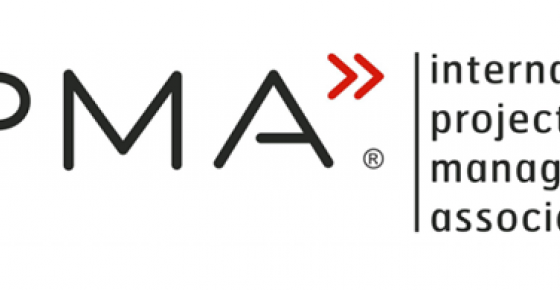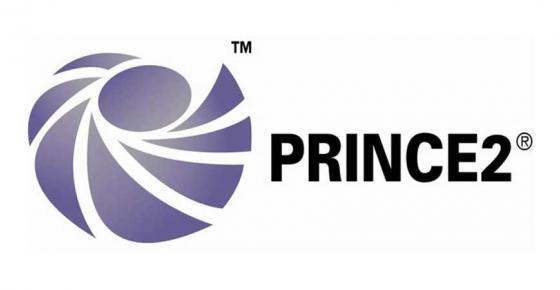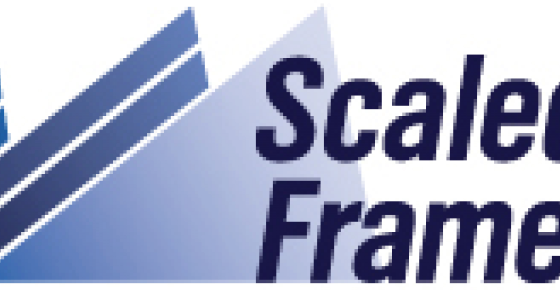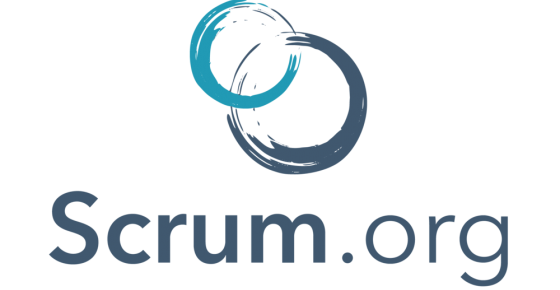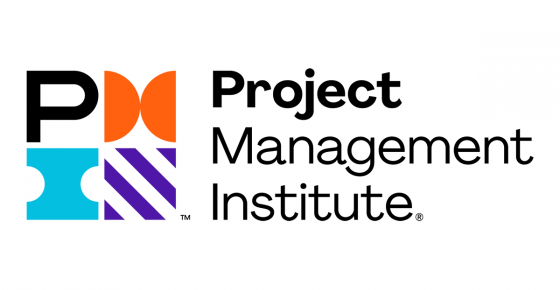Half Double and other PM standards
How the Half Double Methodology can coexist and interact with other standards

IPMA
The fact that the Half Double Methodology (HDM) and the IPMA Individual Competence Baseline (ICB), are conceptually very different is basically also the reason for the two being complementary meaning that the two “models” can in fact reinforce each other.
Obviously, the generic competences of the IPMA individual competence baseline will benefit from being used in combination with the Half Double methodology, the agile hybrid model expanding on both classical and agile project methods.
Vice versa, we show examples on how well the IPMA ICB4 “plugs into” Half Double; meaning, how and where the ICB4 can support both the implementation and the application of the Half Double Methodology (HDM).
From a more practical perspective, if you already have an IPMA Certification, you can benefit from your gained level of generic individual IPMA competences for better understanding of the Half Double Methodology, for a faster and more efficient adoption, implementation and practical use of the Half Double Methodology. With an IPMA Certification, you can raise your chances of being successful also with the Half Double Methodology.
How the Half Double Methodology can coexist and interact with the IPMA Individual Competence Baseline (ICB)
Click here for the full overview of IPMA & Half DoublePRINCE2
The PRINCE2 and the Half Double (HDM) have similarities and differences. They are both generic methodologies, and when tailored they both fit into a broad range of projects and environments. The PRINCE2 approach focuses primarily on structure, processes, governance, management documents and roles and responsibilities while the Half Double approach is an agile hybrid focusing on creating impact, on people and on accelerating innovation and product development.
The Half Double methodology (HDM) and the PRINCE2 model are complementary, meaning that the two approaches to project management, used in the right way, reinforces each other. Despite some build-in conflicts between the two standards there are several synergies if we focus on the overall use and intentions of the two approaches.
The Half Double Methodology (HDM) is an agile hybrid embracing both ‘classical’ and agile project methods and thereby supports the broad range of PRINCE2 projects. You don’t need to choose between the two methodologies because 2+2 will easily be 5, when they are used in combination.
If you already have a PRINCE2 Certification, this knowledge base will help you understand Half Double better and it will support a fast and impactful practical use of the Half Double methodology (HDM). With an PRINCE2 Certification, you can raise your chances of being successful with Half Double.
How the Half Double Methodology can coexist and interact with the Prince2 Project Management standard
Click here for the full overview of Prince2 & Half DoubleSAFE
The Scaled Agile Framework aims at achieving business agility on an organisational level and puts in place several principles, practices, methods, and tools to achieve this goal. Half Double can supplement SAFe with methods that add focus on the necessary behavioural changes required to succeed and create impact at the project level.
Using Half Double and SAFe together can make good sense. A possible scenario would be that the Business and Technology leadership team would use Half Double methods to build roadmaps and backlogs, while the Agile Teams use the Agile Release Train model from SAFe with the embedded SCRUM and Kanban approach.
SAFe is based on LEAN and agile thinking which is also evident with Half Double. In general, a lot of similarities in philosophy and principles – however the big difference is that SAFe believe in creating fixed teams who handles new assignments (backlog items) each sprint whereas Half Double believe in complex projects with unique needs being handled by tailored teams with unique competences for each project. This is also the reason why Half Double continue using known roles such as “project leader” and “project owner” whereas SAFe would introduce new roles e.g., RTE (Release Train Engineer) and SCRUM master.
The other major difference is that the two approached are designed to different types of work; SAFe is designed for organisations working with continuous improvement of a (software) platform in a lean thinking way whereas Half Double is designed for organisations working with unique and complex projects contributing to individual solutions (e.g., product development). To put it shortly SAFe is great if you are running a “Feature factory” and Half Double is great if you are running a “Project factory”.
The Half Double Portfolio approach and Portfolio SAFe (a specific configuration of SAFe) address the same pains in the organisation (unclear value creation, too many projects at the same time and delayed decision-making), but with different degree of simplicity. In Portfolio SAFe strategic themes will be converted to “Development Value Streams” with defined Epics and Enablers through a “Portfolio Backlog”. The Half Double Portfolio approach will address the portfolio level with more simplicity and focus on getting “Faster to strategic impact with fewer projects and closer relationships to decision-makers” using 9 different methods to achieve this. In essence the two approaches are very alike but SAFe would focus on creating a bigger organisational setup to support the portfolio level whereas Half Double would try to tap into the existing organisational structure and apply local translation.
How the Half Double Methodology can coexist and interact with SAFe
Click here for the full overview of SAFe & Half DoubleSCRUM
The Scrum framework is an immutable simple framework, that is intended to be supplemented with techniques, methodologies, and practices in order to reach its goal. All Scrum implementations have therefore added practices that the organisation regards as integral in order to succeed with Scrum.
The Half Double methodology will enrich the Scrum framework with certain methods and practices that specifically can strengthen the ability to reach the desired impact. The Scrum framework on the other hand provides a certain firmness to the events and artifacts needed to create a good flow and can in this area supplement the Half Double methodology.
Employing Half Double and Scrum together will require a translation of terminology in certain areas and whereas Half Double explicitly is open for local translation, the Scrum framework is only open for extension.
Scrum derives from software development and hence based on a platform with “continuous improvement”. Scrum is an execution engine with own roles and breaks with traditional project management roles. Change and larger stakeholder environment is not considered in Scrum but are the most important elements in HDM.
If you are certified Scrum master you can increase your value creation with HDM.
How the Half Double Methodology can coexist and interact with SCRUM
Click here for the full overview of SCRUM & Half DoublePMI
In 2021 PMI introduced a fundamental turnaround in their project management philosophy. They changed the PMBOK Guide from a process-based standard (1987 - 2017) to a principle-based standard (2021). This was a major turning point as focus was shifted from a prescriptive process-based method to a principle-based methodology with more focus on effective project management and intended outcomes rather than adherence to processes. This shift facilitates a more evident overlap between the PMBOK Guide and the HDM – whereas the previous process-based standard was predictive, plan-driven and to some extend in opposition to HDM in its approach. Hence it is important to be precise on which PMBOK Guide edition is used to compare with HDM. In this co-existence description, we focus on the principle based PMBOK Guide 7th edition.
As the PMBOK Guide strives to be comprehensive and exhaustive in its nature (hence the abbreviation of Project Management Body of Knowledge) the HDM can certainly benefit from the multiple add-ons in principles (12 principles instead of 3 in HDM), performance domains and multiple models, methods, and artifacts. In some project HDM will need to supplement with PMBOK methods in order to create more impact in half the time – e.g., perform a “Make-or-buy analysis” if appropriate.
However, the opposite is as also the case. The PMBOK Guide can certainly benefit from the simplification embedded in the HDM. A straightforward and to-the-point approach to effective project management – creating more impact, faster – guiding practitioners to begin with the most effective core elements (impact, flow and leadership) in their projects.
The overlap between the two methodologies is although striking and especially within local translation / tailoring the “one-size-does-NOT-fit-all” approach creates a common foundation to build upon. There is a direct relationship in principles and performance domains in the two methodologies.
How the Half Double Methodology can coexist and interact with PMI
Click here for the full overview of PMI & Half Double